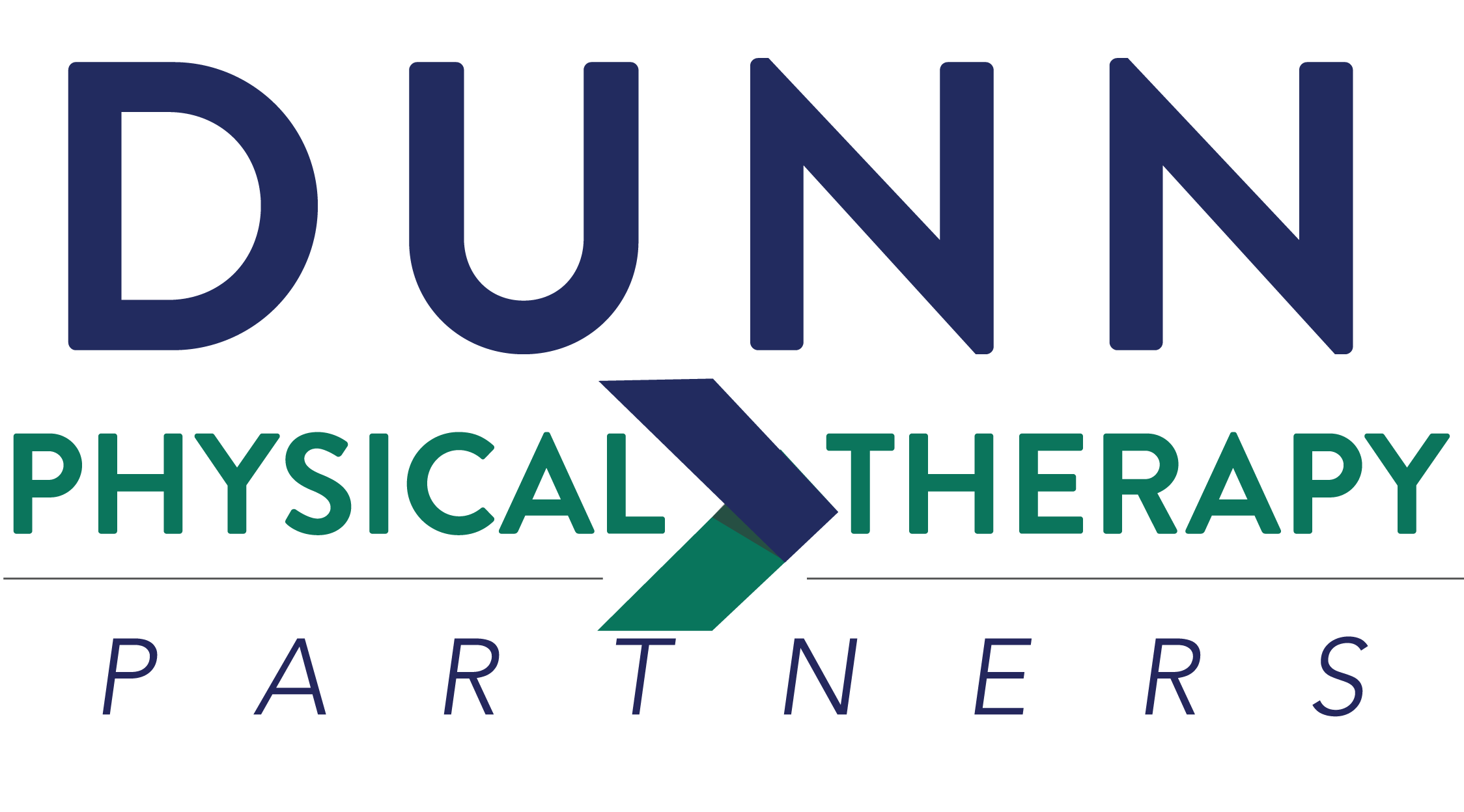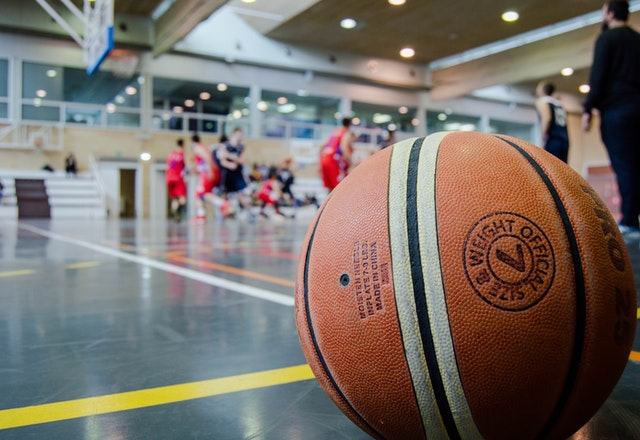An injury that affects most athletes at some point in their careers, ACL and PCL tears are debilitating and painful.
ACL/PCL Injury
Highly active people may experience an ACL or PCL tear at some point in their lives. These injuries are not life-threatening, but they are hard to forget. They are marked by extreme pain and sometimes an unmistakable, sickening “pop” at the moment of injury.
Because the ACL/PCL are located in the knee, it is severely debilitating for most athletes and must be addressed with care to get them back in the game. Thankfully, its frequency (approximately 200,000 people in the US annually) means that treatment techniques are effective and well-documented.
What is an ACL/PCL Injury?
The ACL (anterior cruciate ligament) and PCL (posterior cruciate ligament) are connective tissues that join the thigh and shin bones. They also act as a sort of guard for your knee joint by preventing too much forward or backward motion. Think of your knee as a hinge; the PCL and ACL are the “screws” that keep it from sliding off the frame.
The most common form of injury to either of these ligaments is a tear, when sudden trauma causes the ligament to break and cease to function. The intense pain is usually the most obvious sign, but you’ll also see marked swelling and may find the joint unstable or wobbly.
How and Why Does a ACL/PCL Injury Occur?
ACL/PCL injuries are usually caused by sudden changes in direction, such as during an aggressive dribble in soccer or dodging defense in football. This can produce a twisting motion that, at the right speed and pressure, can stretch the ligament past its limits.
Most PCL/ACL injuries are complete tears, but some are only partial. They are more common in women.
How We Treat ACL/PCL
Complete healing of an ACL/PCL injury can take up to 4 months. Many injuries require surgery. Your physical therapist will help you to rebuild strength and mobility. Some of our treatments include:
- Manual therapy: general joint mobilization to identify and regain knee mobility.
- Maitland mobilization: varying movements of the knee to rebuild range of motion.
- Mulligan mobilization with movement: used to treat problems adjacent to the area of trauma that may have been injured in the incident.
- PNF strengthening: recruit muscle fibers through careful, guided movement to restore normal functioning.
- Soft tissue mobilization: releases tension around the affected area. This increases blood flow and reduces swelling.
- Modalities: use of external tools like ice, electric stimulation, heat, or ultrasound to reduce swelling, control pain, and improve mobility.
- Functional training exercises: repetitive, customized exercises related to your sport or activity to help you relearn appropriate movements.

